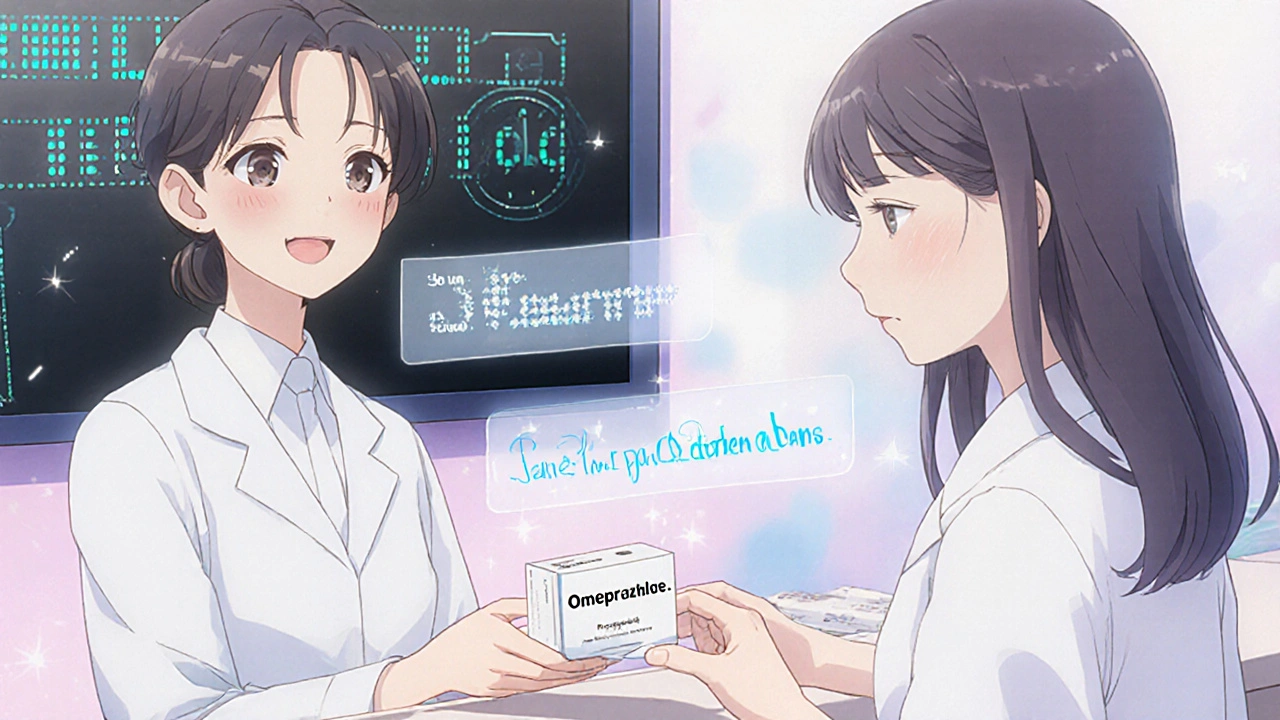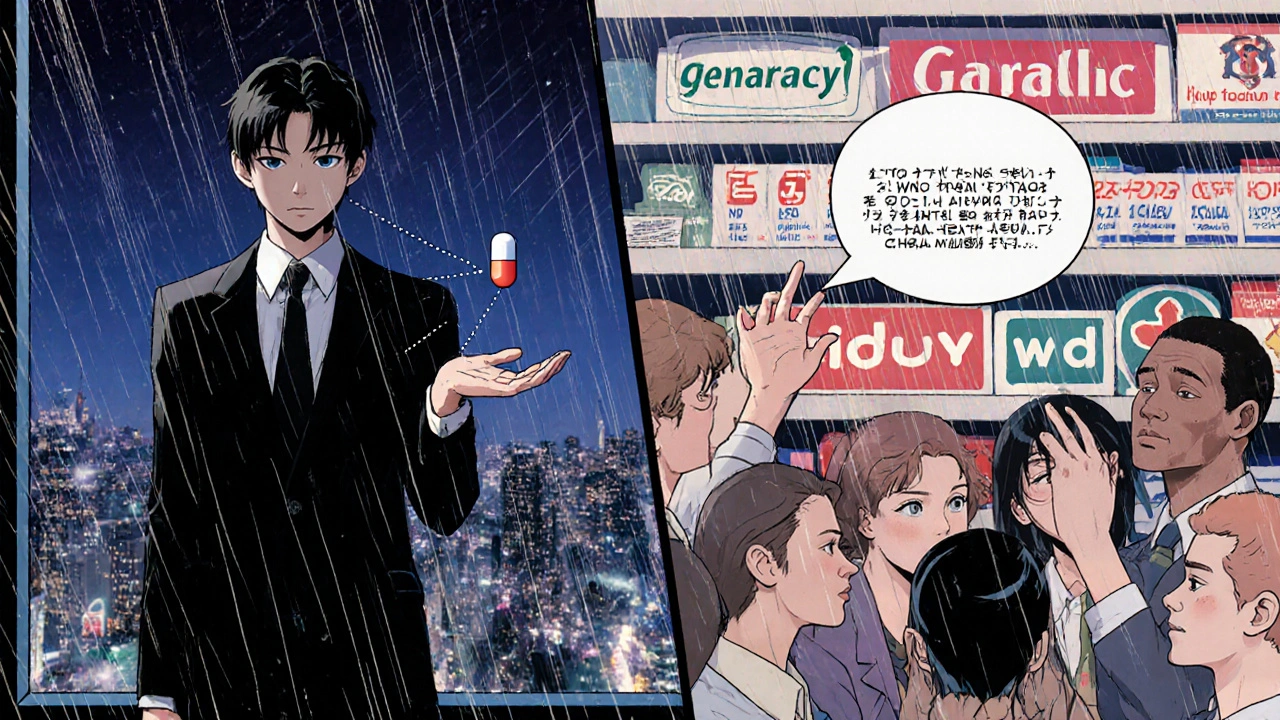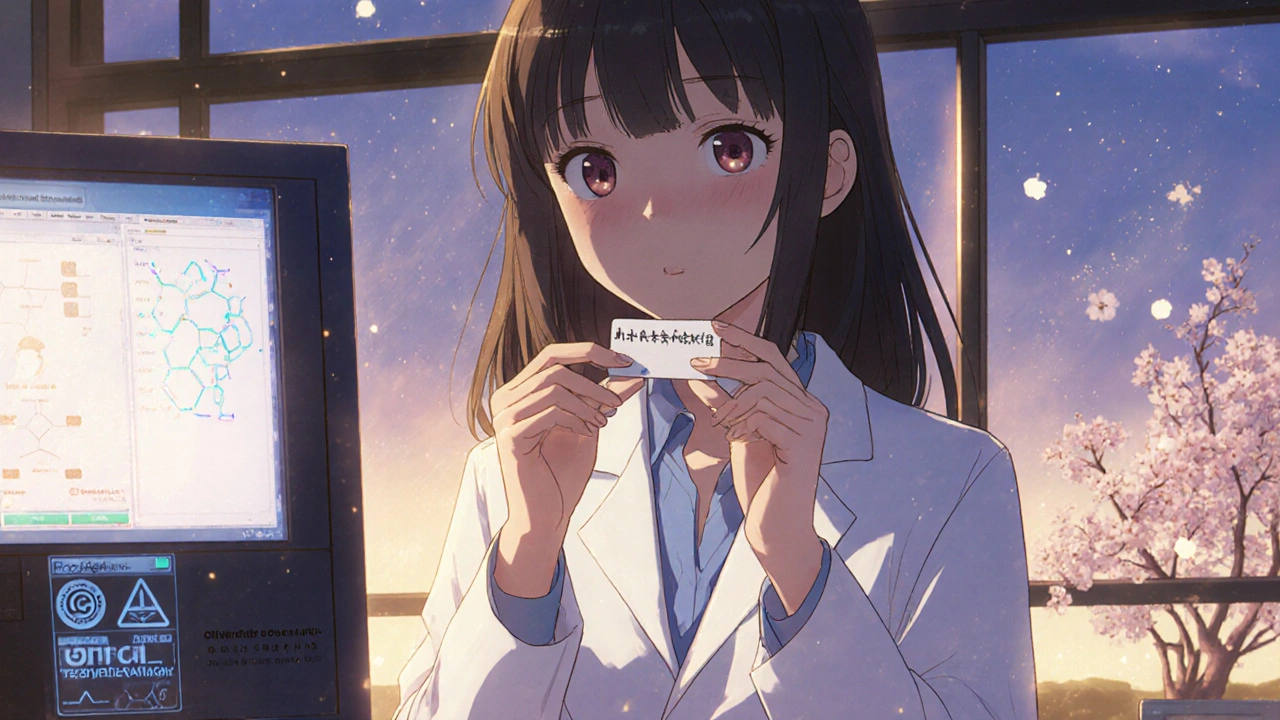When a brand-name drug’s patent runs out, the market opens up for cheaper copies. But here’s the twist: the same company that made the original often launches its own generic version. This isn’t a loophole. It’s a calculated move called an authorized generic. And it’s happening more than you think.
What Exactly Is an Authorized Generic?
An authorized generic is the exact same pill, capsule, or injection as the brand-name drug - same active ingredient, same inactive ingredients, same size, same color, same manufacturing process. The only difference? The label. It doesn’t say "Cialis" or "Prilosec." It says "tadalafil" or "omeprazole," and it’s sold under a different brand name, usually by the same company. The FDA requires this because U.S. trademark law doesn’t let a company sell the exact same packaging as its branded product. So they change the label, the box, maybe the imprint code on the pill - but everything else? Identical. That’s why patients often say, "It’s the same pill I’ve been taking for years." This isn’t some third-party generic made by a competitor. This is the original manufacturer stepping into the generic market with their own version. Pfizer, Johnson & Johnson, Eli Lilly, and others have been doing this for decades. In fact, 68% of the top 50 brand-name drugs that lost patent protection between 2018 and 2022 got an authorized generic version from the original maker.Why Do Companies Do This?
It’s not about helping patients save money - though that’s a side effect. It’s about survival. When a patent expires, generic competitors flood the market. Prices drop 80-85% within the first year. If the brand company does nothing, they lose nearly all their revenue. But if they launch their own generic? They can still capture 15-35% of the market. That’s billions in retained sales. Take Eli Lilly’s Cialis. When its patent expired in 2018, Lilly launched an authorized generic. Even with generic competition, they kept 78% of the total revenue for that drug. How? They priced their generic just below the brand - say $85 instead of $95 - but above the cheapest generic, which might be $30. That creates a middle tier: patients who want the familiar pill but don’t want to pay full price go for the authorized generic. Those who want the absolute lowest price go for the competition. It’s not charity. It’s economics. The brand company still controls the supply chain. They don’t have to wait for an FDA review. They don’t have to rebuild a factory. They just repackage what they already make.How Is It Made? The Production Process
The manufacturing process doesn’t change. The same factory. The same machines. The same quality control checks. The same team. Here’s the key: authorized generics use the same Abbreviated New Drug Application (ANDA) that the brand drug already has. The FDA already approved the drug’s safety and effectiveness. So the company doesn’t need to run new clinical trials. They just file a simple amendment to their existing application, switch the label, and start shipping. That’s why the timeline is so fast. While a traditional generic manufacturer might wait 17 months for FDA approval, a brand company can launch an authorized generic in 6-9 months. They’re not starting from scratch. They’re just changing the box. This also means they bypass the 180-day exclusivity period granted to the first traditional generic applicant. That’s a huge advantage. In 2019, Teva launched an authorized generic of Copaxone on the exact day the patent expired - beating every other generic to market. They captured 22% of the generic sales in just three months.
The Legal and Ethical Debate
There’s a reason this strategy is controversial. The Federal Trade Commission (FTC) has sued several companies for using authorized generics to block competition. In 2017, Actavis settled for $448 million after the FTC accused them of using an authorized generic of Namenda to scare off other generic makers. The argument? If you’re the only company that can make the drug, and you launch your own generic right away, you’re not encouraging competition - you’re controlling it. Critics like Dr. Aaron Kesselheim from Harvard say authorized generics give the illusion of competition while keeping prices artificially high. His 2022 analysis found that markets with authorized generics saw only a 32% price drop. Markets with only traditional generics? Prices fell 68%. But supporters, including PhRMA and former FDA officials, argue it’s better than nothing. They point out that without authorized generics, many patients would have no access to the drug at all - especially complex ones like long-acting injectables. Johnson & Johnson’s 2023 launch of an authorized generic for Invega Sustenna, a monthly antipsychotic injection, was the first of its kind. Traditional generics couldn’t replicate the delivery system. Only the original maker could.What Patients Actually Think
Patients don’t always know the difference. A 2023 Kaiser Family Foundation survey found 64% of people didn’t realize their "generic" was made by the same company as the brand. Some are confused. Independent pharmacists report patients asking, "Why is my "generic" so expensive?" One Reddit thread had 147 comments, with many users frustrated that their authorized generic cost $85 while a true generic was $30. But others love it. On Drugs.com, authorized generics have a 4.2 out of 5-star rating compared to 3.8 for traditional generics. Why? Because they’re familiar. No surprises. No new pill shape. No change in how it works. Pharmacists sometimes have to explain: "This isn’t a cheaper version. It’s the same pill. Just a different label."

